CAR
Before making a U - turn in the road you should always:
Look over your shoulder for final confirmation
Select a higher gear than norma
Signal so that other drivers can slow down
Give another signal as well as using your indicators
When following a large vehicle you should stay well back because
It allows the driver to see you in the mirror It allows you to corner more quickly
It allows the driver to see you in the mirror
It helps the large vehicle to stop more easily
It helps you to keep out of the wind
In which of these following situations should you avoid overtaking
On a 50 kph road
In a one-way street
Approaching a dip in the road
Ust after a bend
You are driving along a narrow country road. When passing a cyclist you should drive
You are driving along a narrow country road. When passing a cyclist you should drive
Slowly sounding the horn as you pass
Quickly leaving plenty of room
Quickly leaving plenty of room
To overtake safely which one of the following applies?
Get in close behind before moving out
Cut back in sharply when you have passed the vehicle
Steer round the vehicle sharply
Steer round the vehicle sharply
Check the speed and position of following traffic
A pelican crossing that crosses the road in a STRAIGHT line and has a central traffic island MUST be treated as:
Two crossings during darkness
One complete crossing
Two separate crossings
One crossing in daylight only
When at a pelican crossing the amber light means you MUST
Give way to pedestrians already on the crossing
Stop and wait for the red light
Give way to pedestrians waiting to cross
Stop and wait for the green lights
You may use the 'Two-Second Rule'
To keep a safe gap from the vehicle in front
When emerging on wet roads
Before using the 'Mirror - Signal - manoeuvre' routine
Before restarting the engine after it has stalled
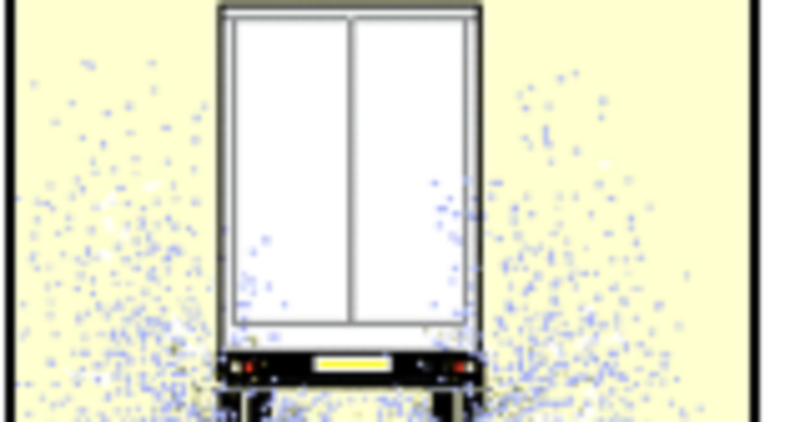
Following this vehicle too closely is unwise because:
Your brakes will overheat
Your view ahead is reduced
Your engine will overheat
The driver cannot see you in his mirrors
Ou are in a line of traffic. The driver behind you is following very closely. What action should you take?
Move over to a position just left of the centre line of the road
Signal left and wave the following driver past
Slow down gradually increasing the gap between you and the vehicle in front
Ignore the following driver and continue to drive within the speed limit
You are driving at the legal speed limit. A vehicle comes up quickly behind flashingits headlights. You should:
Allow the vehicle to overtake
Accelerate to make a gap behind you
Touch the brakes to show your brake lights
A heavy lorry is taking a long time to overtake you. What should you do?
Change direction
Slow down
Hold your speed
Speed up
A bus has stopped at a bus stop ahead of you. Its right-hand indicator is flashing. You should
Slow down and then sound your horn
Sound your horn and keep going
Slow down and give way if it is safe to do so
Flash your headlights and slow down
You should ONLY flash your headlights to other roads users:
To let them know that you are there
To show that you are giving way
To show that you are about to reverse
To tell them that you have right of way
You are in a one-way street and want to turn right. You should place yourself
Just left of the centre line
As close as you safely can to the right hand side of the street
In the left-hand lane
In either lane depending on the traffic
You wish to turn right ahead. Why should you take up the proper position in goodtime?
To help other road users know what you intend to do
To allow other drivers to pull out in front of you
To give a better view into the road that you're joining
To allow drivers to pass you on the right
It is important that tyre pressure is regularly checked. When should this be done?
After any lengthy journey
After driving at high speed
When tyres are cold
When tyres are hot
You should NOT sound your horn:
Between 10 pm and 6 am in a built-up area
Between 11.30 pm and 7 am in a built-up area
Between 11.00 pm and 6 am in a built-up area
At any time in a built-up area
If you are on a good dry road surface and your vehicle has good brakes and tyres. What is the overall stopping distance at 48 kph?
36 metres (118 feet)
23 metres (75 feet)
53 metres (174 feet)
96 metres (315 feet)
You are driving in heavy rain. Your steering suddenly becomes very light. You should:
Steer towards the side of the road
Brake firmly to reduce speed
Apply gentle acceleration
Ease off the accelerator
If you are at a junction with limited visibility you should
Creep forward looking both ways
Creep forward looking to the right
Creep forward looking to the left
Creep forward looking to the left
Your indicators may be difficult to see in bright sunlight. What should you do?
Turn as quickly as you can
Touch the brake several times to show the stop lamp(s)
Give an arm signal as well as using your indicator
Use the indicator earlier
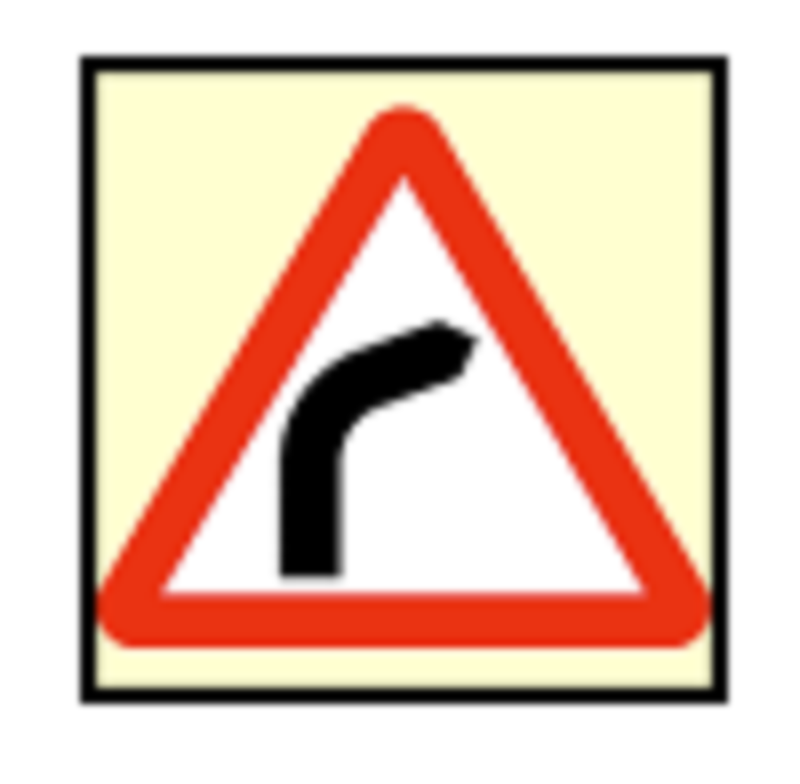
When approaching a right-hand bend you should keep well to the left. Why is this?
To improve your view of the road
To overcome the effect of the road's slope
To let faster traffic from behind overtake
To be positioned safely if the vehicle skids
What is the maximum permissible alcohol level above which a driver must not drive?
Breath alcohol level of 35 mg/100ml or blood alcohol level of 80mg/100ml.
Breath alcohol level of 45 mg/100ml or blood alcohol level of 90mm/100ml.
Breath alcohol level of 25 mg/100ml or blood alcohol level of 70mg/100ml.
You are driving on a quiet country road. What should you expect to see coming towards you on YOUR side of the road?
Horse riders
Pedestrians
Bicycles
Bicycles
You are driving behind three cyclists. They approach a roundabout in the left-hand lane. In which direction should you expect the cyclists to go?
Any direction
Left
Right
How should you overtake horse riders?
Drive along their side and overtake as soon as possible
Drive slowly and leave plenty of room
Speed is not important but allow plenty of room
Use your horn just once to warn them
Before overtaking a large vehicle or lorry you should keep well back. Why is this?
To get the best view of the road ahead
To leave a gap in case it stops and rolls back
To give acceleration space to overtake quickly on blind bends
In which THREE of these situations may you overtake another vehicle on the inside, or the left?
In slow-moving traffic queues when traffic in the right-hand lane is moving more slowly
When you are in a one-way street
When a slower vehicle is in the right-hand lane of a dual carriageway
When the vehicle in front is to turn right
You are in a very heavy downpour. Your overall stopping distance is likely to be:
No different
Up to ten times greater
Halved
Doubled
What is the national speed limit outside built up areas unless otherwise indicated for cars and motorcycles?
50 kph
60kph
80kph
100kph
What is the nearest you may park your vehicle to a junction?
5 meters (16 feet)
15 meters (49 feet)
12 meters (39 feet)
10 meters (32 feet)
You are on a road that is only wide enough for one vehicle. There is a car coming towards you. Which TWO of these would be correct?
Wait opposite a passing place on your left
Wait opposite a passing place on your right
Wait opposite a passing place on your right
Pull into a passing place on your left
Which vehicle might have to use a different course than normal at roundabouts?
Sports car
Long vehicle
Van
At a crossroads there are no signs or road markings. Two vehicles approach. Which has priority?
The vehicle on the widest road
The fastest vehicle
Neither vehicle
You may only enter a box junction when:
There are less than two vehicles in front of you
The traffic lights show green
You need to turn left
Your exit road is clear
What are the maximum national speed limits for cars and motorcycles in built-up areas and elsewhere?
40kph and 70kph
50kph and 80kph
30kph and 60kph
45kph and 100kph
You MUST obey signs giving orders. These signs are mostly in:
Blue rectangles
Red triangles
Red circles
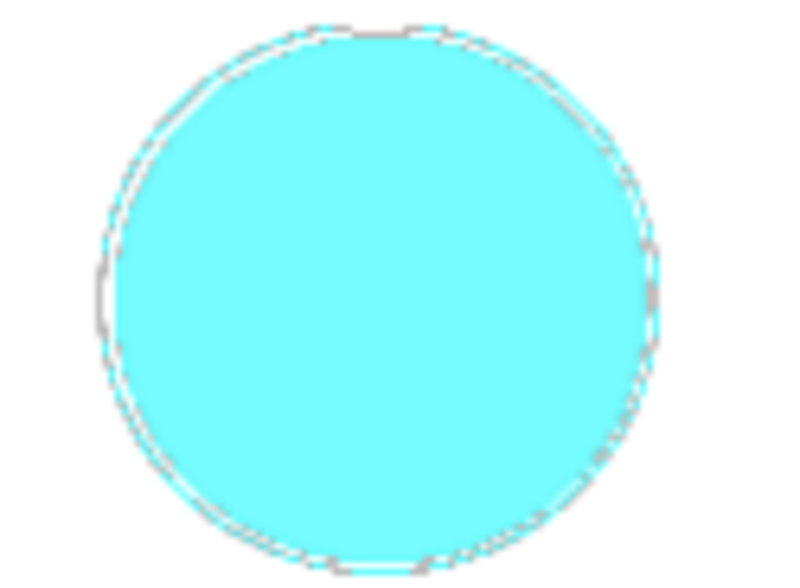
What does a circular traffic sign with a blue background do?
Give directions to a car park
Give warning of a motorway ahead
Give an instruction
Give motorway information
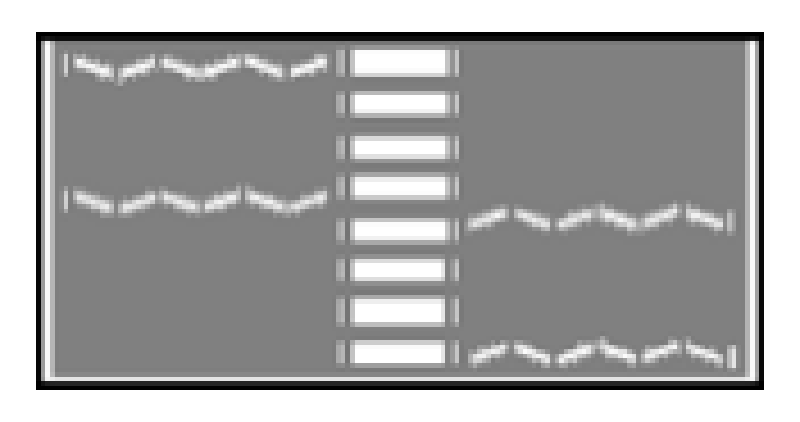
What do these zigzag lines at pedestrian crossings mean?
Sounding of horns is not allowed
No parking at any time
Sounding of horns is not allowed
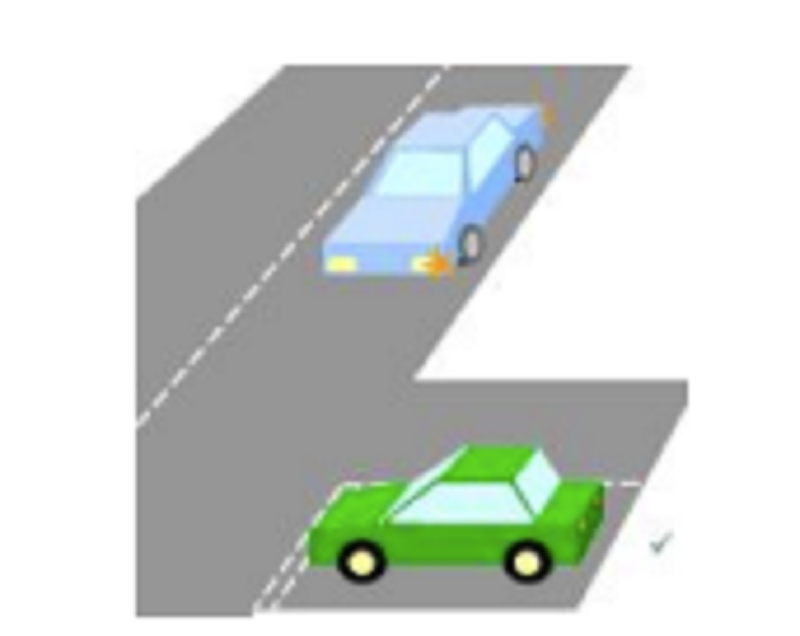
You are waiting at a T-junction. A vehicle is coming from the right with the left signalflashing. What should you do?
Pull out before the vehicle reaches the junction
Move out and accelerate hard
Wait until the vehicle starts to turn in
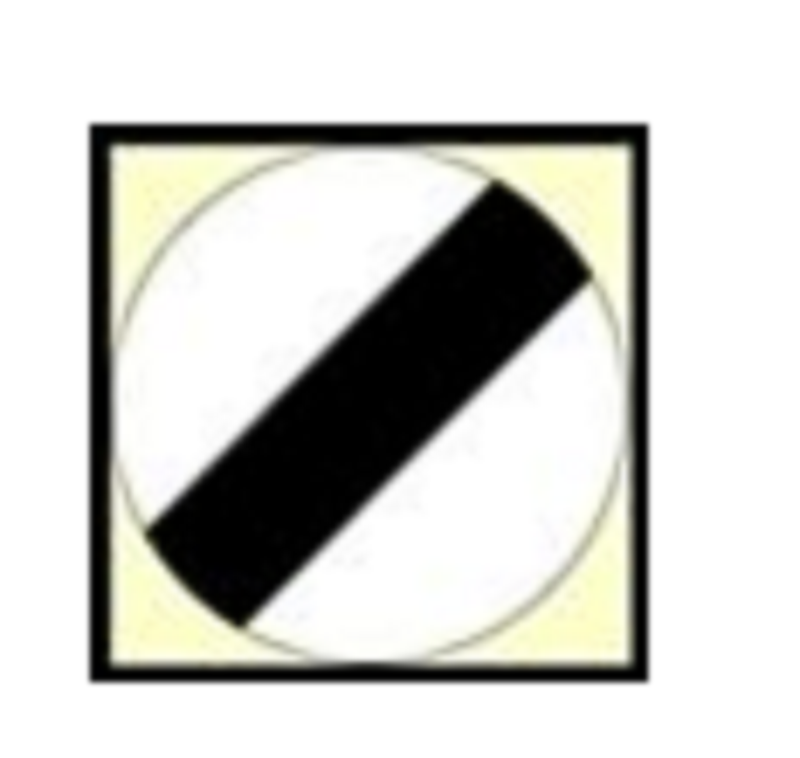
What is the meaning of this sign?
National speed limit applies
No waiting on the carriageway
No waiting on the carriageway
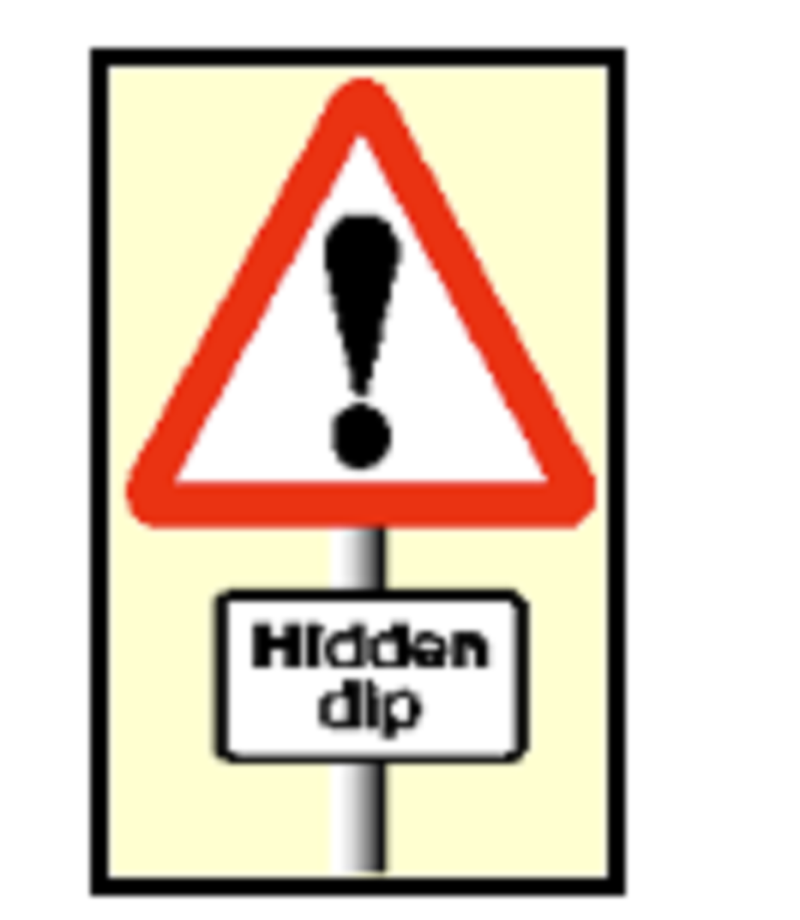
You are about to overtake when you see this sign. You should:
Overtake the other driver as quickly as possible
Move to the right to get a better view
Hold back until you can see clearly ahead
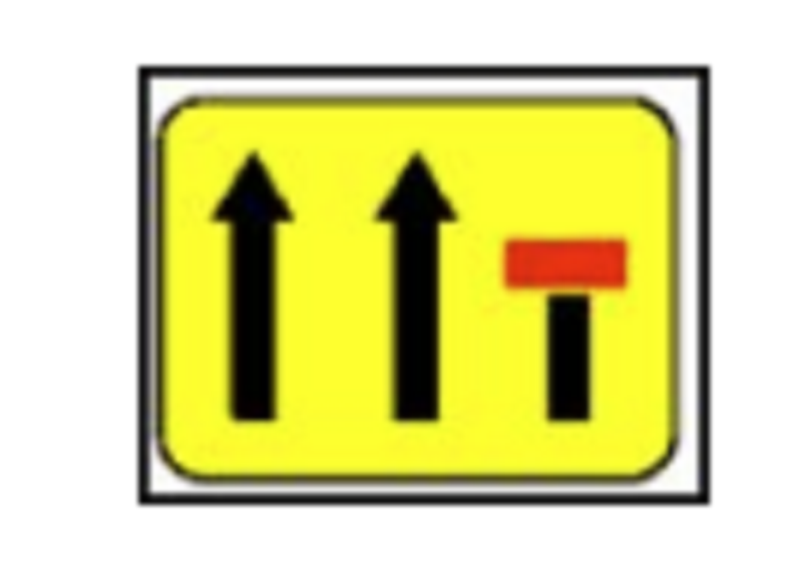
What does this sign mean?
Right-hand lane for buses only
Right hand lane for turning right
The right-hand lane ahead is narrow
The right-hand lane ahead is closed
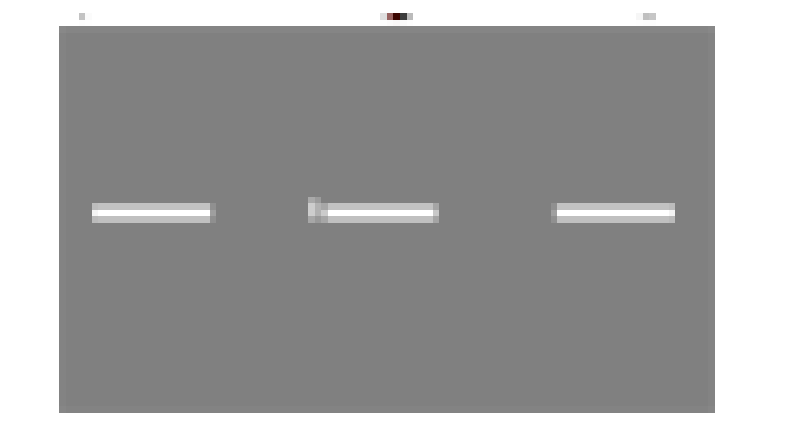
You see this line across the road at the entrance to a roundabout. What does it mean?
Stop at the line
Give way to traffic from the right
Traffic from the left has right of way
The legal minimum depth of tread for car tyres over three quarters of its breadth is:
1.6mm
4mm
1mm
2.5mm
The main cause of brake pedal fade is:
The brakes out of adjustment
The brakes out of adjustment
Air in brake fluid
The brakes overheating
{"name":"CAR", "url":"https://www.quiz-maker.com/QPREVIEW","txt":"Before making a U - turn in the road you should always:, When following a large vehicle you should stay well back because, In which of these following situations should you avoid overtaking","img":"https://www.quiz-maker.com/3012/CDN/92-4485791/image-2023-08-11-153528633.png?sz=1200-00000012071000005300"}

